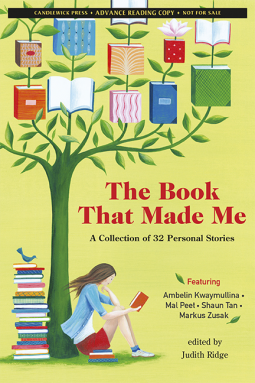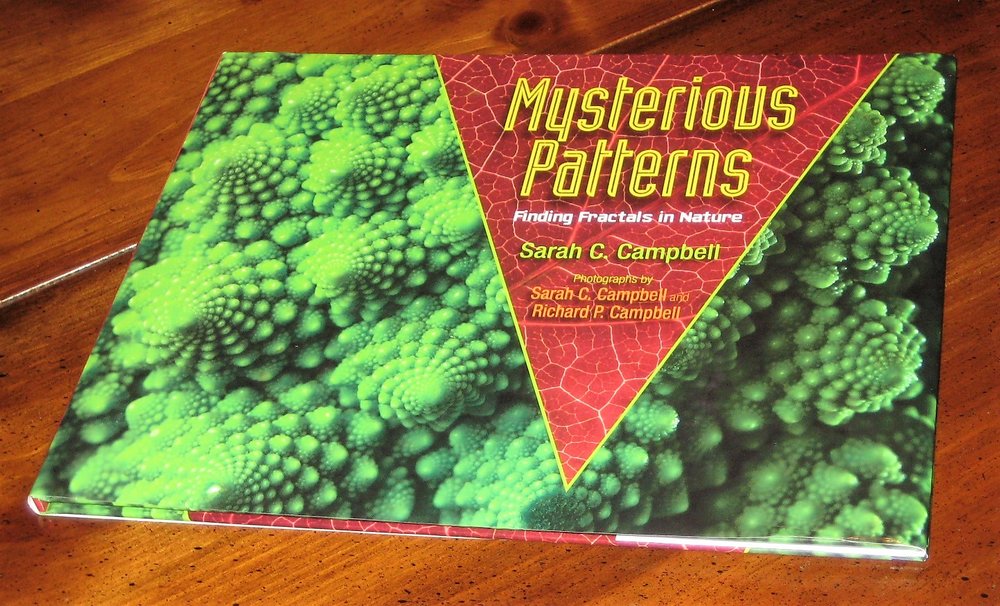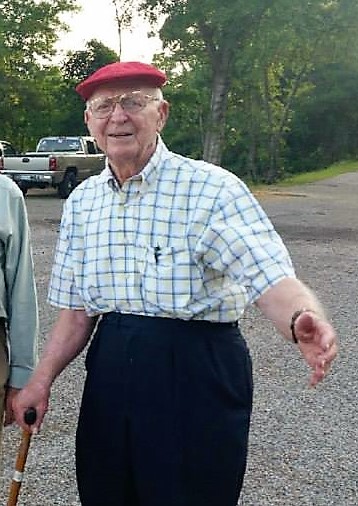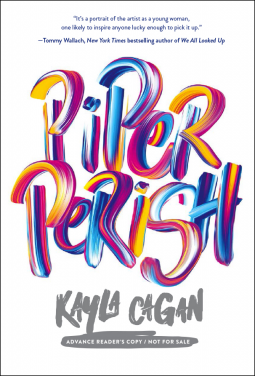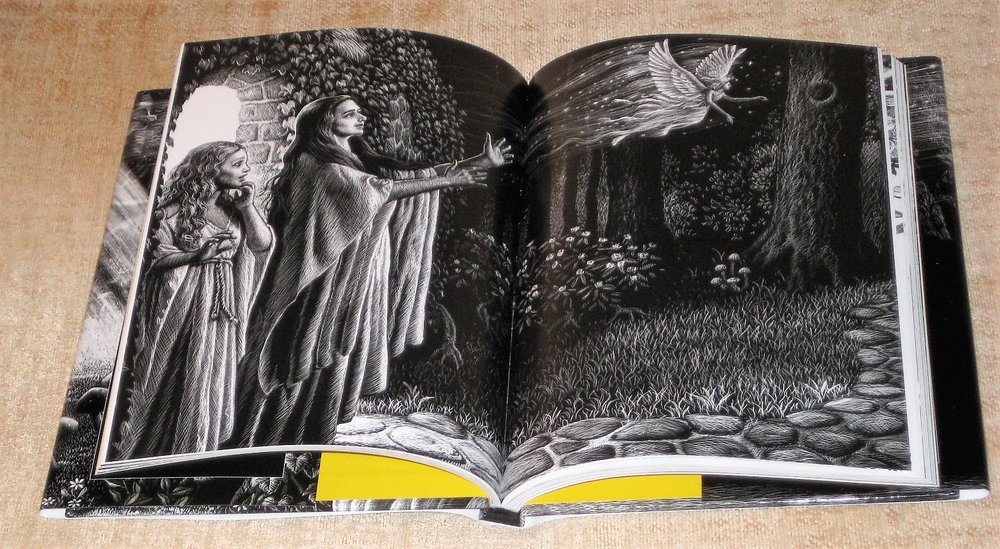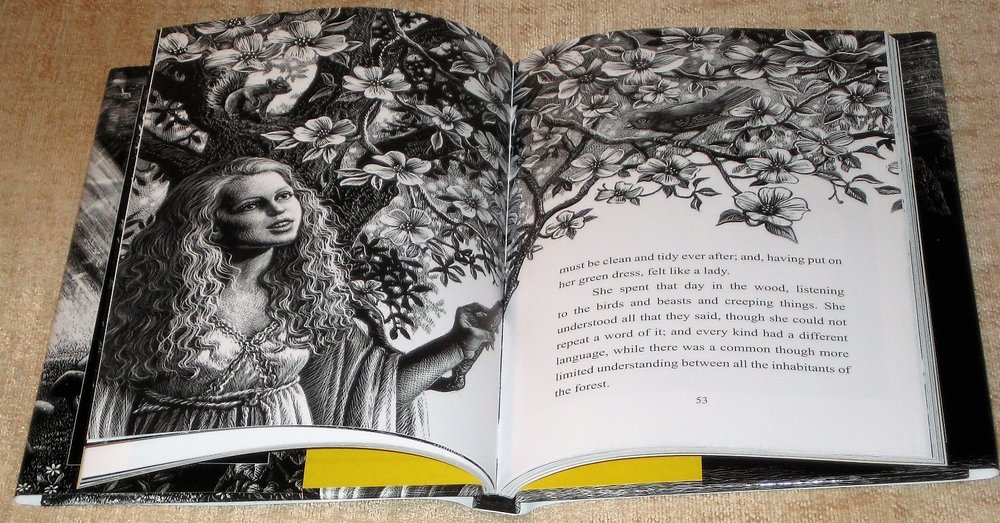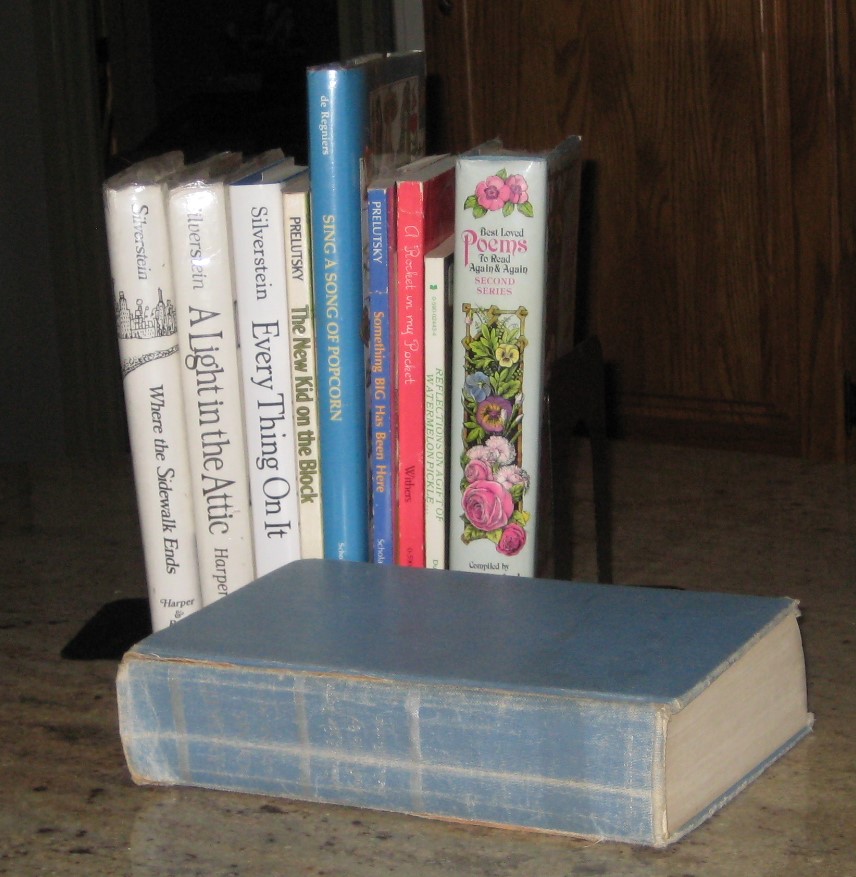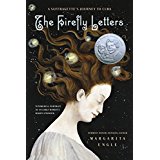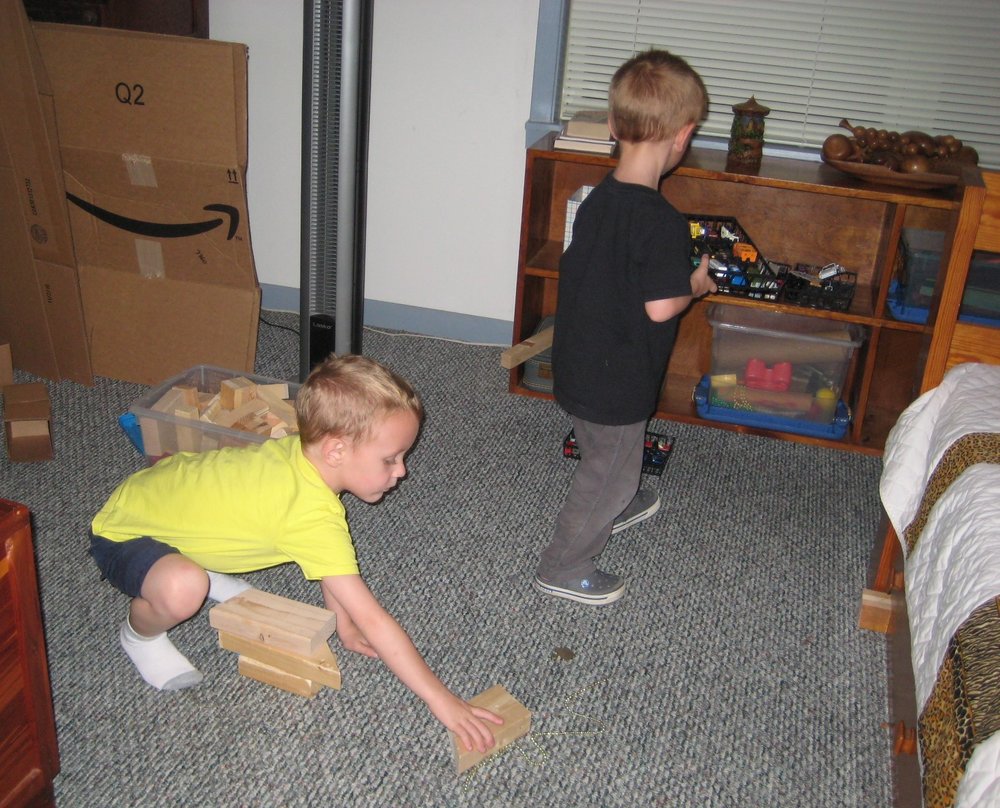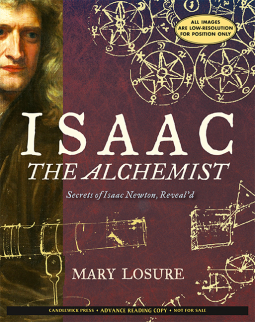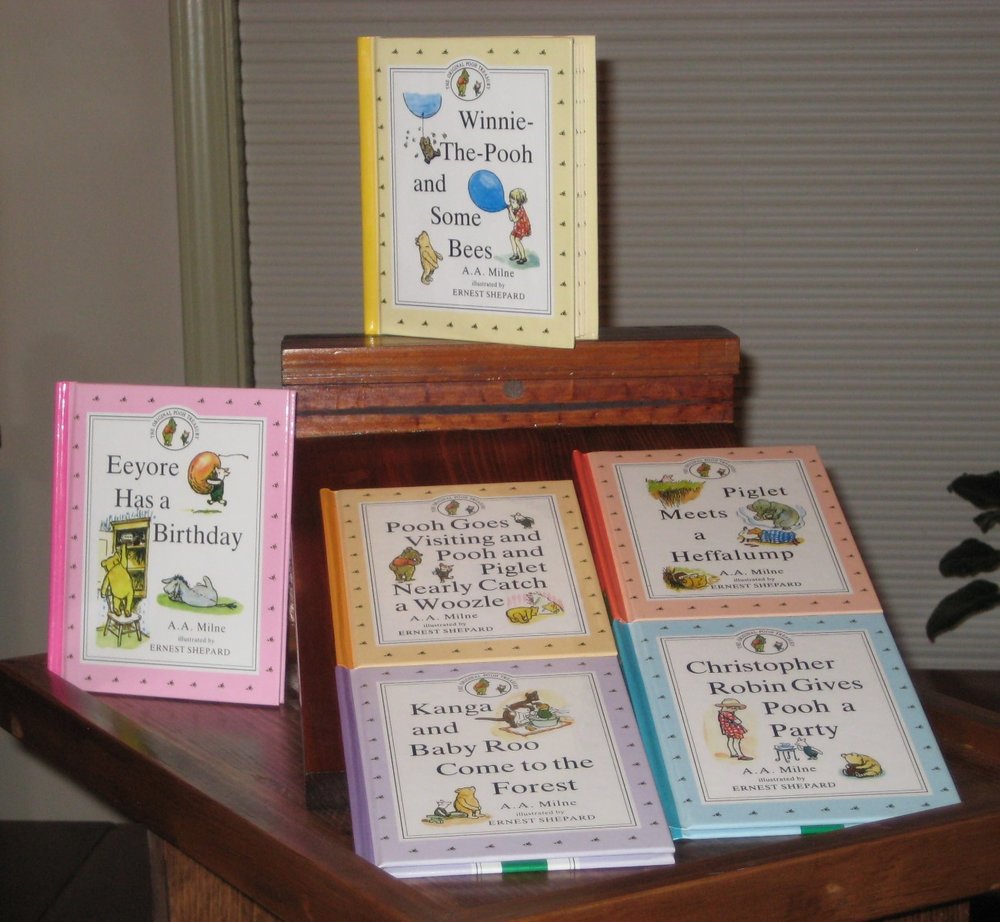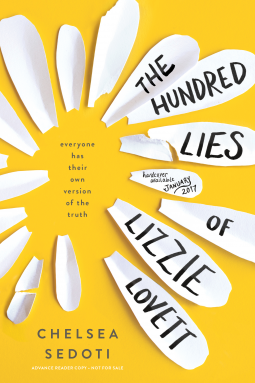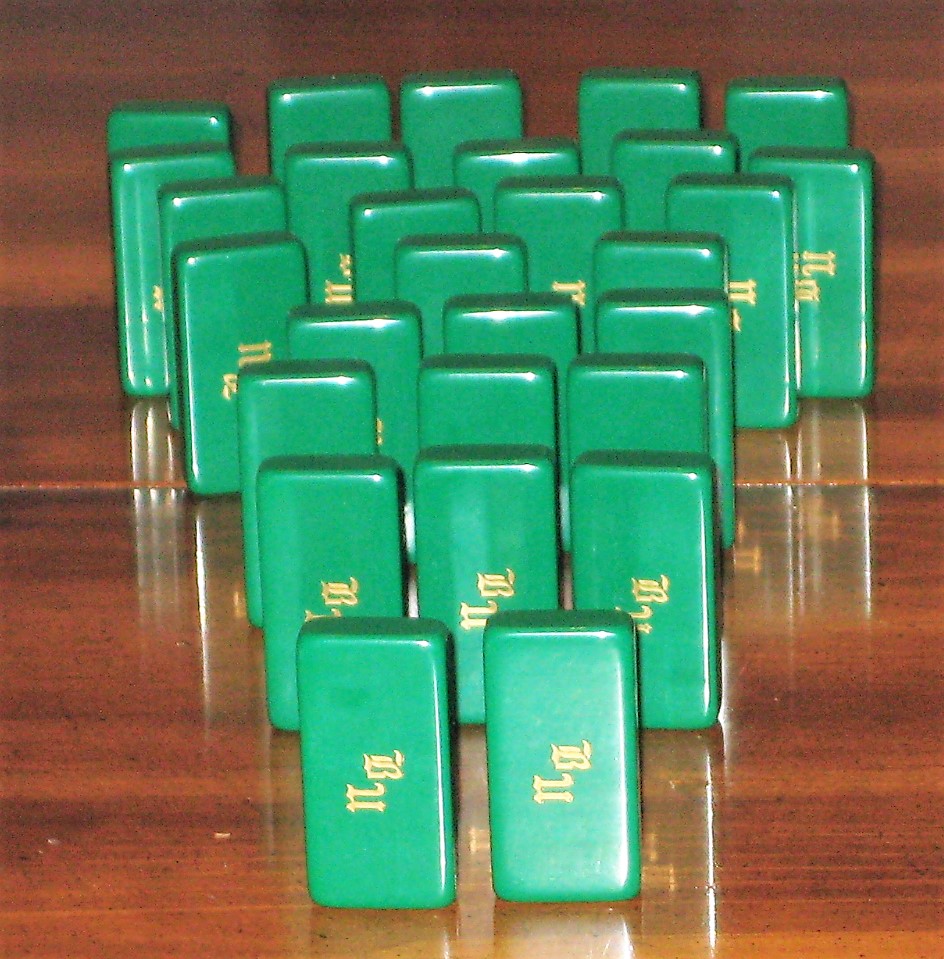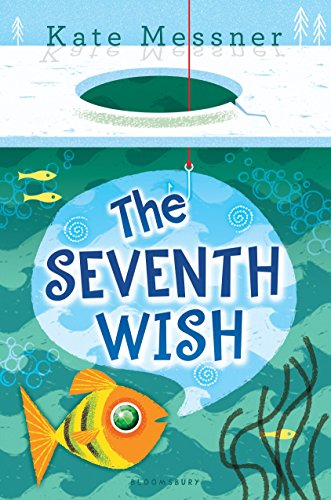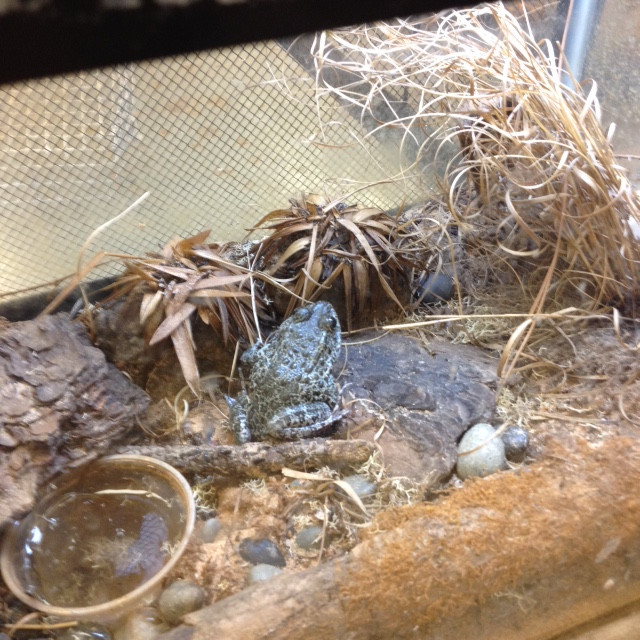 Rewriting Daddy’s old pun of “When the Lord told Noah to gopher wood, what kind of wood did he tell him to gopher?” takes me to “When OLLI members take a trip to gopher a lesson on endangered frogs, what kind of frogs do they gopher?”
Rewriting Daddy’s old pun of “When the Lord told Noah to gopher wood, what kind of wood did he tell him to gopher?” takes me to “When OLLI members take a trip to gopher a lesson on endangered frogs, what kind of frogs do they gopher?”
We gathered at the Nature Conversancy building on the edge of Camp Shelby where the agents work closely with the Army in a way that augments the military mission while conserving species that have been endangered by loss of longleaf pine habitat. One of these is the dusky gopher frog.
Lest you think I’m through with nonsense vaguely related to the Bible, the dusky gopher frog we observed was named Lazarus. Already interested in this species, I hovered over his home before the presentation started. I saw his name on the glass and finally found him crouched under the white moss. I tried calling, “Lazarus, come forth!” with no  results.
results.
I didn’t have long to wait. The agent pulled Lazarus out of his home, gave instructions on how to hold him, and passed him around to those of us who wanted a closer relationship. He explained that one of their missions is growing the frogs which were down to one population area. The grown frogs are released back into natural habitats.
The agent told us the frog’s story and the reason for his name. He had appeared to be dead and came back to life. Lazarus, indeed. While they normally liberate to the environment the frogs they grow from eggs through tadpoles to adults, this one will remain with them. Their excuse is using him for public education. He certainly fits that bill, but I think they’re keeping him because they just like him.
using him for public education. He certainly fits that bill, but I think they’re keeping him because they just like him.
By coincidence, I came home and started work on the Sunday school lesson I will teach this Sunday. It’s the story of Lazarus. I’m not sure how I’m going to work a dusky gopher frog into the story, but I’ll bet I find a way.

